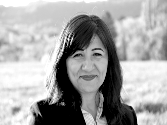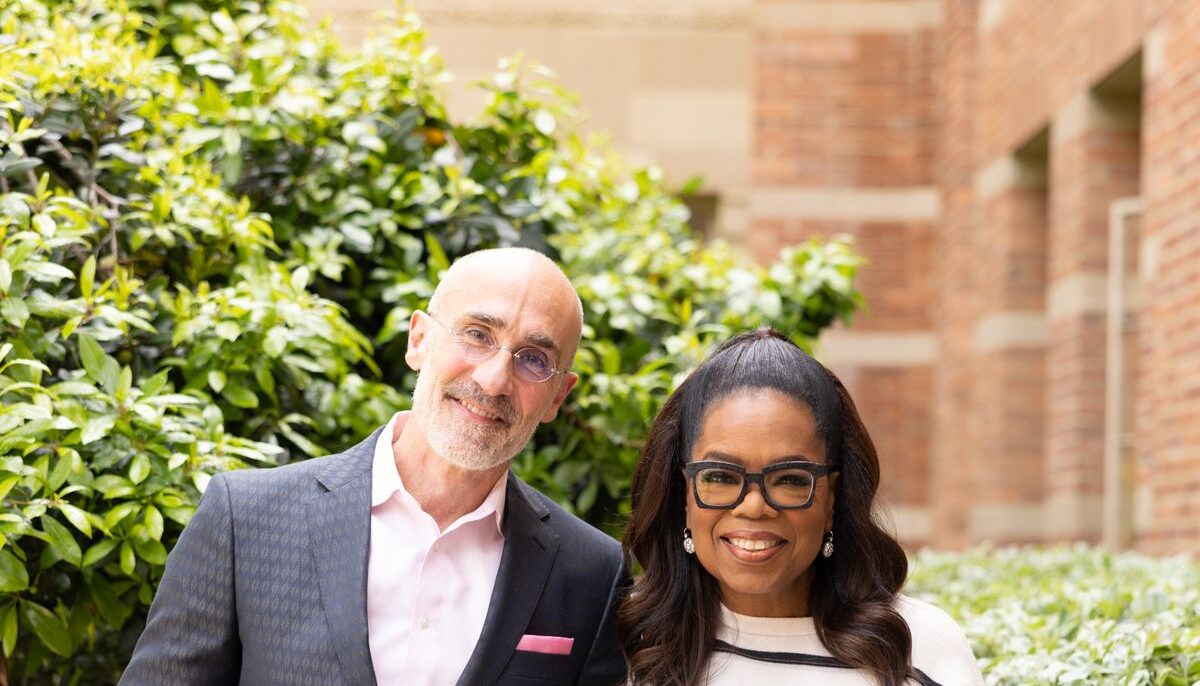In Build the Life You Want, Arthur C. Brooks and Oprah Winfrey invite you to begin a journey toward greater happiness no matter how challenging your circumstances.
With insight, compassion, and hope, Brooks and Winfrey reveal how emotional self-management tools can immediately change your life. They recommend practical, research-based practices to build the four pillars of happiness: family, friendship, work, and faith. Along the way, they share hard-earned wisdom from their own lives and careers and witness regular people whose lives are joyful despite setbacks and hardship.
This is my interview with the remarkable Arthur C Brooks.
1. How do you manage your emotions so they no longer control you?
First, we must understand that emotions are merely information. Our emotions come from a part of our brain called the limbic system, which produces involuntary brain responses to outside stimuli; the same way animals feel a sudden spike of fear from a predator, we feel fear from an oncoming car when we are in a crosswalk. It’s the same story for most basic emotions, such as joy, interest, anger, disgust, and sadness. Luckily, as humans, we have an evolved part of the brain called the prefrontal cortex, which (after a few seconds) allows us to think critically about the emotions we experience. The trick to managing emotions is creating space between the involuntary emotions (information) and our responses. This requires the contemplation of emotions. If I am feeling sadness, I try not to succumb to my emotions and wallow in misery. Instead, I consciously think about my sadness in the third person. I ask myself: Why am I feeling this way? How can I better direct this emotion? It helps to verbally speak the answers to move the thoughts to the prefrontal cortex. And in doing so, the potent effect of our emotions can be understood and used appropriately.
2. How did you turn a life’s inevitable difficulty into opportunities for growth?
For all of my life, I had a good relationship with my parents in Seattle. They were fascinating people—my father was a college professor, and my mother was an artist. But as a young man, I decided to pursue the orchestra, which took me to Spain. During most of my twenties, I travelled Europe and rarely visited home. Sadly, both of my parents passed away at relatively early ages, and for a long time, this filled me with a sense of regret. Should I have chosen a different path? Should I have made the time to be closer to them, geographically and emotionally? These were questions that kept me up at night.
As I started a family of my own, I realized these regrets did not have to continue across generations. At this point, my kids are grown up, and I’m thrilled to be a grandfather. At this stage in my life, I have made a conscious decision to live near my children and to know them well—and this has been largely inspired by my experiences as a young man. I can’t undo the past, but I can take a different path with my own children and grandchildren.
3. How do you create and preserve deep, lasting friendships at any age?
Real friendships don’t maintain themselves. You have to make time. For many of us, when we start a family and embark on a career, our friendships from childhood or young adulthood tend to fade away. We move to different places, and life gets in the way. Moreover, making new friends in our current cities or towns is difficult when we are busy with family and work life. My best advice is to treat time with your new or old friends (whether it’s a phone call or a dinner) with the same seriousness you would treat a serious project: Intentionally schedule time in advance and always follow through. It takes effort, but it is well worth it as we journey through life.
4. How do you find your inner peace?
My inner peace comes from two key places. First, my Catholic faith informs how I live, and the promises give me a remarkable sense of inner peace. Second, my wife—who I lovingly and seriously consider my guru—gives me inner peace. Despite my petty troubles, she can ground me and help me to see the bigger picture. No matter what happens in my personal or professional life, my faith and my wife give me a sense that things will work out, even if it’s not the outcome I expect or want.
5. Which spiritual practice works for you?
As I have mentioned, I am Catholic. Each morning, my wife and I attend Mass. Each night, we pray the rosary, a prayer that involves profound meditation. Daily, I rely on these spiritual practices to put everyday life’s problems in perspective and offer my worries to God. Another important example is the Camino de Santiago, a pilgrimage to a Saint James the Apostle shrine in northwestern Spain. I try to walk the Camino once every few years. During the pilgrimage, I walk alone and with others—detached from the outside world—giving me time to enjoy the company of family and strangers while also reflecting seriously on my life, faith, and work. I recommend this type of experience to anyone who wants a restart or a break from the outside world.
6. What did you learn from Oprah?
It might appear that Oprah and I have very little in common. She is a global and cultural icon who has appeared on screen for most of her life; I am an academic whose work is almost entirely written—from books to academic journal articles to newspapers. But the more I got to know Oprah, the more I realized we had the same mission in life: To lift people up and bring them together in bonds of happiness and love. I learned how to approach my happiness research with Oprah’s unique vision—with an eye toward everyone suffering or perhaps those just looking for something deeper in life. I am very thankful for her partnership because it has allowed the mission to spread with better clarity and more extensive scope than ever before.
7. How did you get out of your own way?
Throughout my career, I have followed my changing interests throughout my career—and I don’t regret that. Over the last 40 years, I have been a professional French hornist, a professor at Syracuse University, the president of a Washington think tank, and now a professor at Harvard, where I get to teach in Boston and travel the world to spread the message about the science of happiness. But in the first three phases of my career, I was often “in my own way.” I tied my achievements to my worth as a person, and in the times I fell short, it took a significant emotional toll. Today, the goal is to do the work and make progress, not achieve a particular outcome. The same is true for my faith and family life–it’s all about making progress and enjoying the journey when possible.
Reference
Arthur Brooks is a contributing writer at The Atlantic and hosts How to Build a Happy Life podcast. He is also a professor at the Harvard Kennedy School and the Harvard Business School, where he teaches courses on leadership and happiness. Brooks is the author of 13 books, including the No. 1 New York Times bestseller From Strength to Strength: Finding Success, Happiness, and Deep Purpose in the Second Half of Life and Build the Life You Want: The Art and Science of Getting Happier, co-authored with Oprah Winfrey.


